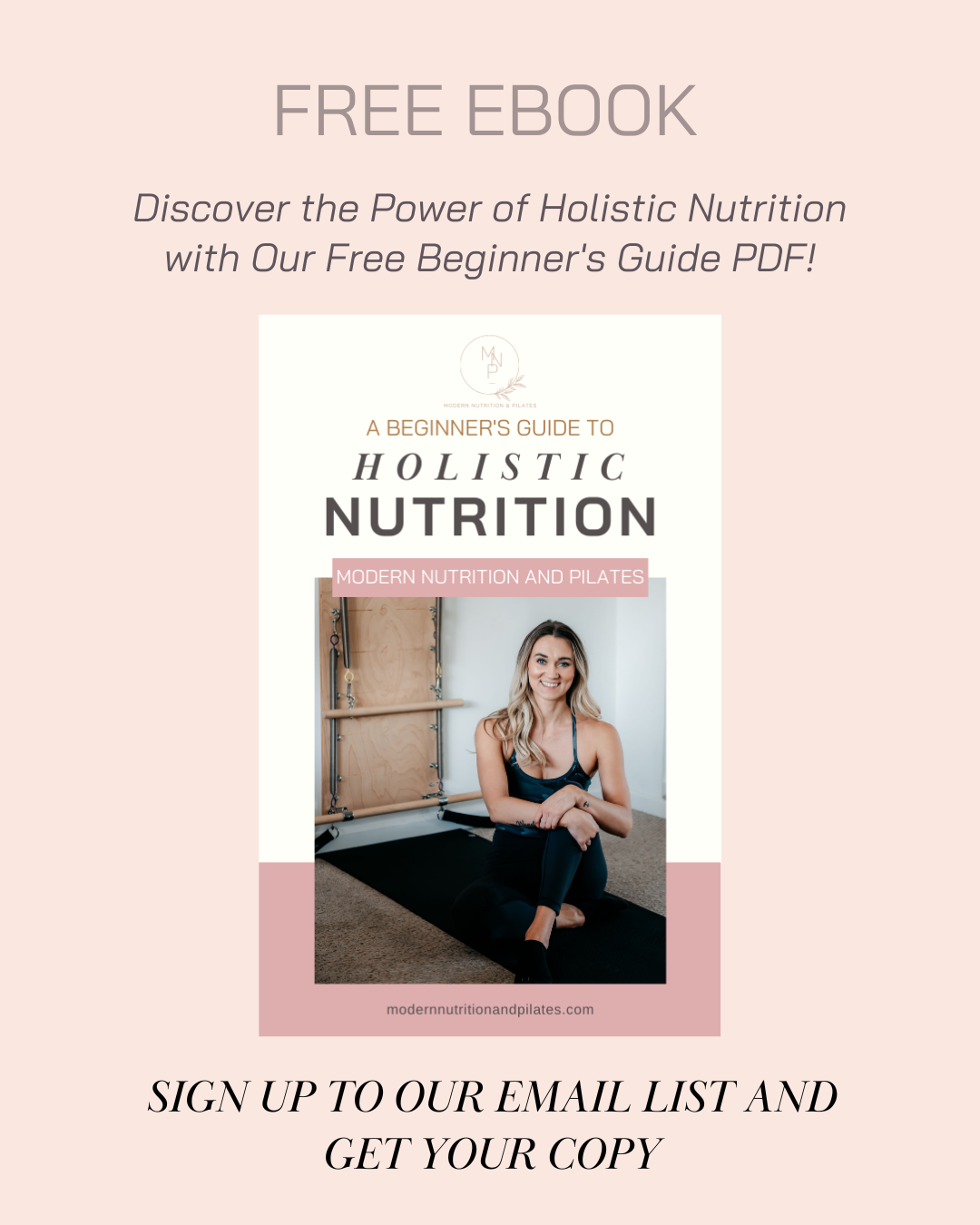Being a Pilates instructor allows me to witness the incredible impact of maintaining good posture. More than just maintaining good posture, it's about holding yourself in an optimal position for the health of your overall body systems. Below we will explore the significance of maintaining good posture and how Pilates can help you achieve it.
Emphasizing the Significance of Maintaining Proper Posture
Your body is a sophisticated and interconnected system. Proper alignment of your posture ensures optimal coordination among your muscles, bones, nervous system, and joints. Here is how it can benefit you:
Minimized Back Pain: Incorrect posture can cause unnecessary strain on your spine, resulting in pain, stiffness, compensation patterns and discomfort. Maintaining proper posture helps to keep your spine aligned, reducing tension, access postural stabilization muscles, and avoiding potential issues down the road.
Enhanced Flexibility and Mobility: Proper joint alignment leads to increased ranges of motion. This helps you move effortlessly and reduces the chances of getting hurt in your daily activities.
Improved Breathing: Maintaining correct posture helps your diaphragm work at its best, resulting in deeper and more effective breathing. By doing this, it enhances oxygen circulation in your body, increasing your energy levels and vitality.
Boosted Confidence: Maintaining proper posture exudes self-assurance and creates a taller and more approachable appearance. Research has demonstrated a connection between maintaining good posture and enhancing mood and cognitive function.
The Downfalls of Bad Posture
Slouching, hunching, and other postural imbalances may result in a series of negative consequences, such as:
Chronic Pain: Improper posture may cause muscle and joint strain, resulting in chronic pain in the neck, back, and shoulders.
Headaches can be triggered by misalignment in the neck and upper back, leading to migraines.
Slouching may compress internal organs, impacting digestion and leading to discomfort after meals.
Issues with Joints: In the long run, maintaining improper posture may result in early deterioration of your joints, raising the likelihood of developing arthritis, and leading to more injuries within your lifetime.
Discover the Benefits of Pilates
Emphasizing core strength, flexibility, and body alignment, Pilates stands out as a distinctive workout approach to help assure postural stability.
Here's how it specifically benefits your posture:
Building strong core muscles is essential for maintaining proper posture and spinal alignment. Exercises focus on strengthening your deep core muscles to enhance their ability to keep your upright and aligned all day long.
Boosts Flexibility: Flexibility is important because tight muscles as well as tightness in fascia can cause misalignment in your body. Stretching, and soft tissue release through Pilates helps elongate your muscles and connective tissues, leading to increased ranges of motion and better alignment.
Being mindful of the body is a key focus in Pilates, highlighting the importance of control and awareness. By engaging in various exercises, you'll develop a deeper understanding of your body's movements, where your body is in space, and learn to pinpoint any postural irregularities. Being aware of this enables you to consciously make adjustments and keep good posture all day long.
Enhances Balance: Proper posture relies on good balance. Engaging in Pilates exercises helps to enhance your ability to balance, strengthening the muscles that support your upright posture, and enhancing your overall stability.
Tip to Start your Pilates Session for Improved Posture
Here are some tips to help you begin towards improved posture through Pilates:
Seek out an experienced instructor who is certified in Pilates to evaluate your posture and create a customized program tailored to your individual requirements.
Ease into it: Start with exercises suitable for beginners and gradually advance as you get stronger and more flexible- this will assure proper form and give you more benefits for your time and investment.
Emphasize proper form: Pilates prioritizes precision over repetition. Make sure to focus on maintaining correct form and alignment over doing more resistance or repetitions.
Add Pilates to Your Exercise Regimen: Strive for regular Pilates sessions, aiming for 2-3 times per week, to experience steady improvements in your posture.
Frequently Asked Questions
How long does it take to improve posture with Pilates?
The timeframe for noticeable posture improvement with Pilates can vary. It typically takes 10-12 weeks, but factors like exercise frequency, severity of postural issues, and soft tissue tension all play a role.
Which is better for posture, yoga, or Pilates?
Yoga and Pilates both work on connecting the mind and body, but Pilates focuses more on body mechanics, alignment and balance. Because of this focus, it can be especially good for better posture. Core muscles, which are very important for keeping your spine in the correct position, are often worked out in Pilates. The practice also stresses precise and controlled moves, which help improve body awareness and form, which leads to better posture in the long run.
Keep in mind, maintaining proper posture is a continuous process, not a final goal. Through commitment and regular training, Pilates has the potential to be a valuable asset in enhancing your posture, alleviating discomfort, and boosting your overall health.


